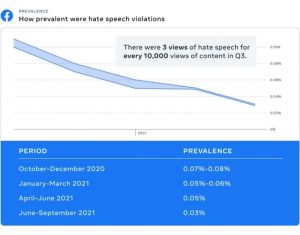A Jolly Holiday For Retailers Previously Anticipating Q4 Recession
All summer, retailers have been wondering, will people have any money left after all the concert and plane tickets? Consumers threw around cash in July everywhere as retail sales rose 0.7% (up 2% over last year).
Prime Day helped a bit; non-store retailers were up 10.3% over June. And yes, it’s likely that the number of people who shop on Prime Day was big enough to affect July retail numbers. According to Morning Consult, 45% of U.S. adults said they shopped on those two days in July. People bought more and spent more, excited by the bargain hunting.
Per Adobe Analytics, online shoppers spent $12.7 billion with Amazon, marking 6.1% year-over-year growth. The median spend on Prime Day was $200. We monitor Christmas in July results because Amazon is the top retailer in Q4. Almost three-quarters of the U.S. told Mintel they will shop with Amazon this holiday.
However, spend-to-date is a lagging indicator; it doesn’t necessarily show what consumers will do in a few months. Economists have been warning that August is the target month when people will finally spend down their pandemic-era savings. And it looks like they may have, as last week, JP Morgan’s Marko Kolanovic said its estimate of excess savings built up over the pandemic has now been depleted. The cash cushion might be gone, but the appetite for spending it might not be.
Signs point to spending on more things, while also bargain hunting. Even with recent disinflation, value and price continue to be the primary driver of shopping behavior. More money is in consumers’ pockets, and wage growth continues its march up since wages first outpaced prices this spring. Price is the most important factor influencing 69% of decisions when shopping for holiday items, according to Optimove.
EMarketer paints a strong picture for the 2023 holiday, predicting sales will be 4.5% higher than last year, totaling $1.3 trillion. As in the past two years, holiday shopping will start earlier. In previous years, early starts were driven by fear of out-of-stocks and media hype around supply-chain issues. This year, 49% of consumers say they will start shopping before Thanksgiving. Their reasons for shopping earlier: to save money (43%), catch the best deals (37%), and avoid the items being out of stock (35%), per Optimove.
There are plenty of reasons to be optimistic for the end of the year: Consumers say they will spend more, they want to start early, and they are leaning into omnichannel shopping. Retailers who may have been sweating their holiday season with recession buzz back in the first half of the year should get ready to capture demand.
(2)







